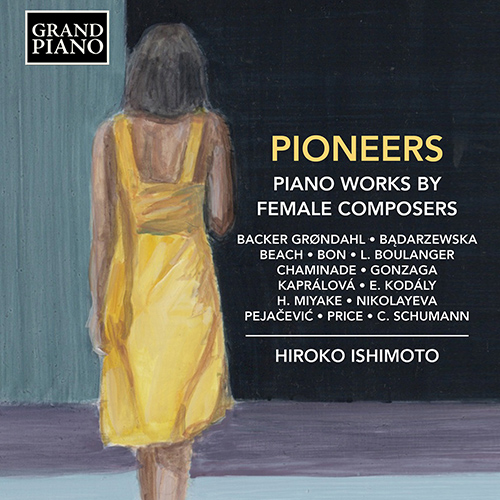
About this Release
“Growing up in Japan, I always had an interest in feminism, but it never influenced the way I thought about music, until I wrote the essays on 24 female composers (published on Women's Action Network website WAN), a series of Youtube videos and now this recording. The stories of how these talented women managed to express themselves through music while at the same time struggling to meet the expectations of their family and society inspire me. Success and tragedy touched many of them, but their music lives on, and I want to share them with the world.” — Hiroko Ishimoto
Pioneers
Piano Works by Female Composers
- Hiroko Ishimoto, piano
This fascinating collection of rare and distinctive piano works, from the 18th century to the present, is inspired by stories of how women composers created music while meeting the expectations of family and society. Hiroko Ishimoto brings together a remarkably varied programme including works by Ana Bon who was ‘chamber music virtuosa’ at the Prussian court of King Frederick the Great, the bold harmonies of Vítĕzslava Kaprálová (a student of Martinů), as well as pieces by Amy Beach based on the calls of the hermit thrush, and so much more.
This recording was made on a modern instrument: Steinway, Model C
Tracklist
|
Pejačević, Dora
|
|
1
Blumenleben (Life of Flowers), Op. 19: No. 5. Rose (1905) (00:02:24)
|
|
Chaminade, Cécile
|
|
2
Valse-Caprice, Op. 33 () (00:05:09)
|
|
Bon, Anna
|
|
3
Keyboard Sonata in B-Flat Major, Op. 2, No. 2 () (00:06:44)
|
|
Schumann, Clara
|
|
4
3 Romances, Op. 21: No. 1 in A Minor (1855) (00:05:15)
|
|
Backer-Grøndahl, Agathe
|
|
5
3 Morceaux, Op. 15: No. 3. Humoresque in G Minor () (00:04:13)
|
|
Beach, Amy
|
|
6
Hermit Thrush at Eve, Op. 92, No. 1 (1921) (00:04:58)
|
|
7
Scottish Legend, Op. 54, No. 1 (1903) (00:03:38)
|
|
Kodály, Emma
|
|
8
Valses Viennoises (c.1925) (00:09:57)
|
|
Boulanger, Lili
|
|
9
D'un vieux jardin (1914) (00:02:54)
|
|
10
D'un jardin clair (1914) (00:01:54)
|
|
11
Cortège (version for piano) (1914) (00:01:28)
|
|
Gonzaga, Chiquinha
|
|
12
Cananéa, Valsa (arr. for piano) (1900) (00:03:22)
|
|
13
Água do Vintém () (00:02:04)
|
|
Backer-Grøndahl, Agathe
|
|
14
3 Klaverstykker, Op. 35: No. 2. Albumblad () (00:02:15)
|
|
Bądarzewska-Baranowska, Tekla
|
|
15
Douce Rêverie, Mazurka () (00:01:52)
|
|
Price, Florence Beatrice
|
|
16
Piano Sonata in E Minor: II. Andante () (00:04:23)
|
|
Nikolayeva, Tatiana
|
|
Album for Children, Op. 19 (1958) (00:03:30 )
|
|
17
No. 1. March (00:01:00)
|
|
18
No. 2. Music Box (00:01:15)
|
|
19
No. 3. Old Waltz (00:01:18)
|
|
Kaprálová, Vítězslava
|
|
20
Dubnová Preludia (April Preludes), Op. 13: No. 2. Andante (1937) (00:02:45)
|
|
Miyake, Haruna
|
|
21
43° North - a Tango (2019 version for piano) (2019) (00:07:19)
|
The Artist(s)
The Composer(s)
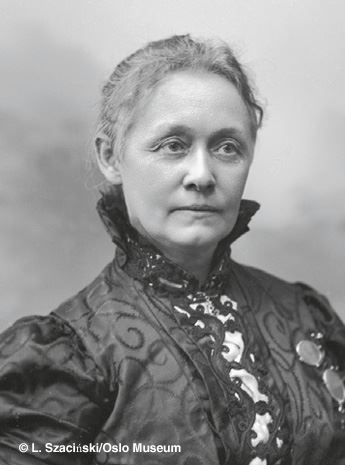 Agathe Backer Grøndahl was a pianist and composer of international stature. Born in Holmestrand, Norway, she took lessons with Hans von Bülow in Florence and Franz Liszt in Weimar. Her output contains over 400 songs, piano pieces and Norwegian folk song arrangements. The fleet-footed Humoresque in G minor from 3 Morceaux, Op. 15 (1882) is rhythmically witty, with natural charm and vitality.
Agathe Backer Grøndahl was a pianist and composer of international stature. Born in Holmestrand, Norway, she took lessons with Hans von Bülow in Florence and Franz Liszt in Weimar. Her output contains over 400 songs, piano pieces and Norwegian folk song arrangements. The fleet-footed Humoresque in G minor from 3 Morceaux, Op. 15 (1882) is rhythmically witty, with natural charm and vitality.  The first American woman composer to prove successful in larger orchestral forms, Amy Beach, after her marriage, restricted her concert appearances as a pianist in order to comply with her husband’s desire that she concentrate on composition. After the death of her husband she resumed her successful performance career.
The first American woman composer to prove successful in larger orchestral forms, Amy Beach, after her marriage, restricted her concert appearances as a pianist in order to comply with her husband’s desire that she concentrate on composition. After the death of her husband she resumed her successful performance career. 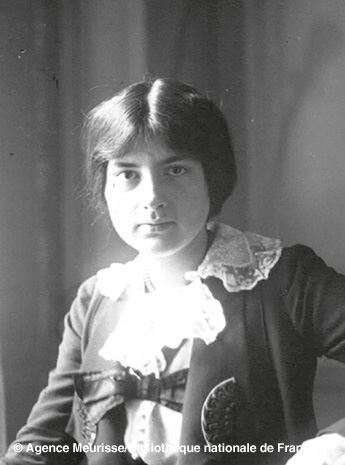 Encouraged by her elder sister Nadia, the French composer Lili Boulanger was the first woman to win the Prix de Rome and was prolific, during her short life, writing music very much in the prevailing style of the period.
Encouraged by her elder sister Nadia, the French composer Lili Boulanger was the first woman to win the Prix de Rome and was prolific, during her short life, writing music very much in the prevailing style of the period. 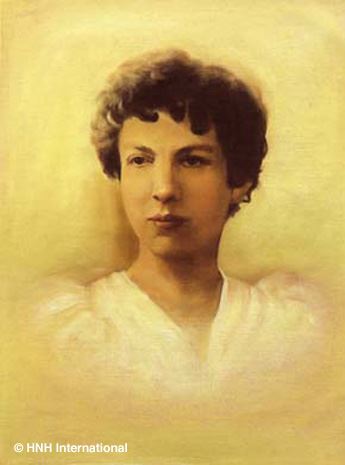 Born in Paris in 1857, Cécile Chaminade showed some precocity as a pianist and composer. Her many compositions included a number of piano pieces that found considerable favour in the drawing rooms of the later 19th and earlier 20th centuries. Among these Automne enjoyed particular popularity.
Born in Paris in 1857, Cécile Chaminade showed some precocity as a pianist and composer. Her many compositions included a number of piano pieces that found considerable favour in the drawing rooms of the later 19th and earlier 20th centuries. Among these Automne enjoyed particular popularity.  Born in Rio de Janeiro, Francisca ‘Chiquinha’ Gonzaga studied the piano in her home city with José de Sousa Lobo and the Portuguese pianist Arthur Napoleão dos Santos. Her first success as a composer was the publication in 1877 of the polka Atraente. Famous for waltzes, polkas, marches and tangos, she also wrote operettas.
Born in Rio de Janeiro, Francisca ‘Chiquinha’ Gonzaga studied the piano in her home city with José de Sousa Lobo and the Portuguese pianist Arthur Napoleão dos Santos. Her first success as a composer was the publication in 1877 of the polka Atraente. Famous for waltzes, polkas, marches and tangos, she also wrote operettas. 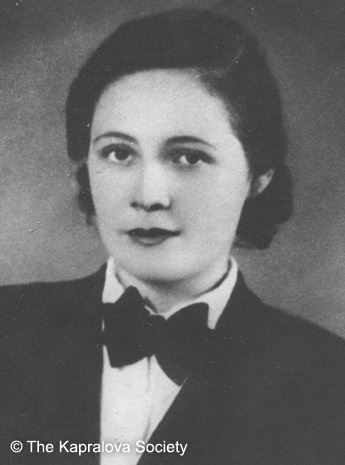 Like her composer father, Kaprálová was drawn to piano as her natural instrument, and piano compositions are well represented in her relatively large creative output that includes about fifty compositions. Piano also played a crucial role in her music as a compositional tool with which she experimented in both smaller and larger forms. It is therefore not surprising that her most original and sophisticated works are for this instrument: from her Sonata appassionata and Piano Concerto in D Minor to April Preludes and Variations sur le carillon de l’église St.-Etienne-du-Mont (and the Martinu–influenced, neoclassical Partita in which piano also plays an important percussive role). Piano compositions arguably represent the best of Kaprálová’s music which abounds in fresh and bold ideas, humour, passion and tenderness, and is imbued with youthful energy.
Like her composer father, Kaprálová was drawn to piano as her natural instrument, and piano compositions are well represented in her relatively large creative output that includes about fifty compositions. Piano also played a crucial role in her music as a compositional tool with which she experimented in both smaller and larger forms. It is therefore not surprising that her most original and sophisticated works are for this instrument: from her Sonata appassionata and Piano Concerto in D Minor to April Preludes and Variations sur le carillon de l’église St.-Etienne-du-Mont (and the Martinu–influenced, neoclassical Partita in which piano also plays an important percussive role). Piano compositions arguably represent the best of Kaprálová’s music which abounds in fresh and bold ideas, humour, passion and tenderness, and is imbued with youthful energy.  Miyake Haruna was born in 1942 in Tokyo, where she studied music and debuted as a pianist at the age of 14. She continued her studies at The Juilliard School of Music in New York with Vincent Persichetti. Among her many compositions are a Piano Concerto and Why Not, My Baby? for soprano, piano and trumpet. A frequent collaborator with the pianist-composer Yuji Takahashi, Miyake combines Japanese and Western idioms and often uses traditional Japanese instruments in her scores.
Miyake Haruna was born in 1942 in Tokyo, where she studied music and debuted as a pianist at the age of 14. She continued her studies at The Juilliard School of Music in New York with Vincent Persichetti. Among her many compositions are a Piano Concerto and Why Not, My Baby? for soprano, piano and trumpet. A frequent collaborator with the pianist-composer Yuji Takahashi, Miyake combines Japanese and Western idioms and often uses traditional Japanese instruments in her scores. 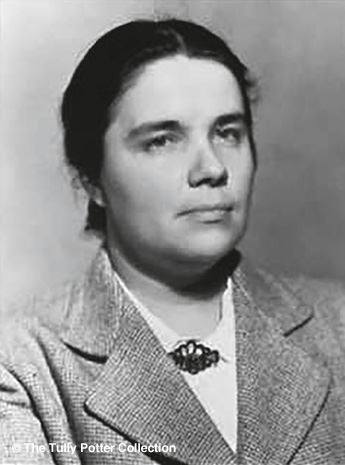 Tatyana Nikolayeva came to fame as part of a formidably talented group of Russian pianists, including Sviatoslav Richter and Emil Gilels. In 1947, she finished composition studies at the Moscow Conservatory with a Piano Concerto, which won a state award. In the same year she gave a recital in the Moscow Conservatory which began almost half a century of concert performances. Her compositions contain symphonies, a piano quintet and the song cycle Islandiya (‘Iceland’).
Tatyana Nikolayeva came to fame as part of a formidably talented group of Russian pianists, including Sviatoslav Richter and Emil Gilels. In 1947, she finished composition studies at the Moscow Conservatory with a Piano Concerto, which won a state award. In the same year she gave a recital in the Moscow Conservatory which began almost half a century of concert performances. Her compositions contain symphonies, a piano quintet and the song cycle Islandiya (‘Iceland’).  Dora Pejačević was born in Budapest and grew up in her family’s palace in Našice, Slavonia. She studied in Dresden with Percy Sherwood and in Munich with Walter Courvoisier. Her output embraces songs, a piano concerto and a symphony. Most of her works feature the piano.
Dora Pejačević was born in Budapest and grew up in her family’s palace in Našice, Slavonia. She studied in Dresden with Percy Sherwood and in Munich with Walter Courvoisier. Her output embraces songs, a piano concerto and a symphony. Most of her works feature the piano. 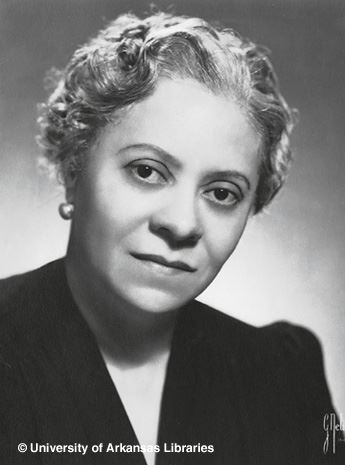 The broad arc of Florence Price’s life in many ways resembled those of the millions of African Americans who moved away from the southern United States in search of new professional opportunities and greater personal autonomy during the Jim Crow era. Born into a middleclass family in Little Rock, Arkansas in 1887, Price received a sound musical education from her mother after the city’s pre-eminent white instructors refused to teach her. Since opportunities for more advanced musical training were largely unavailable for women of color in the South, her mother enrolled her at the New England Conservatory after she completed high school in 1903. There she pursued courses of study in organ and piano pedagogy while receiving tutelage in all musical disciplines from conservatory faculty, including director George Whitefield Chadwick.
The broad arc of Florence Price’s life in many ways resembled those of the millions of African Americans who moved away from the southern United States in search of new professional opportunities and greater personal autonomy during the Jim Crow era. Born into a middleclass family in Little Rock, Arkansas in 1887, Price received a sound musical education from her mother after the city’s pre-eminent white instructors refused to teach her. Since opportunities for more advanced musical training were largely unavailable for women of color in the South, her mother enrolled her at the New England Conservatory after she completed high school in 1903. There she pursued courses of study in organ and piano pedagogy while receiving tutelage in all musical disciplines from conservatory faculty, including director George Whitefield Chadwick. 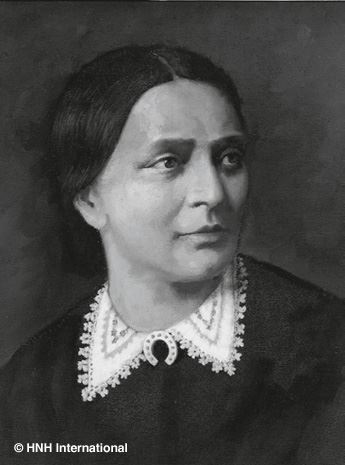 The daughter of Friedrich Wieck, her teacher and mentor until her marriage with Robert Schumann, Clara Schumann had embarked on a successful career as a pianist before her liaison with Schumann, leading to their marriage in 1840. She continued her international career as a performer and supported her young family after her husband’s final insanity and death in 1856. She was helped after this by Brahms, to whom Schumann had given considerable encouragement.
The daughter of Friedrich Wieck, her teacher and mentor until her marriage with Robert Schumann, Clara Schumann had embarked on a successful career as a pianist before her liaison with Schumann, leading to their marriage in 1840. She continued her international career as a performer and supported her young family after her husband’s final insanity and death in 1856. She was helped after this by Brahms, to whom Schumann had given considerable encouragement. Reviews
“These are worthy, well-executed performances on an album with a strong appeal to pianophile repertoire junkies.” – Gramophone
“On the whole this is an attractively presented album that will hopefully provide a springboard for exploring more of the music of these composers.” – MusicWeb International
“Hiroko Ishimoto presents an illuminating program of piano music spanning almost 300 years. And all of it by women. It’s a terrific recording, with exceptional performances. I heartily recommend it.” – WTJU

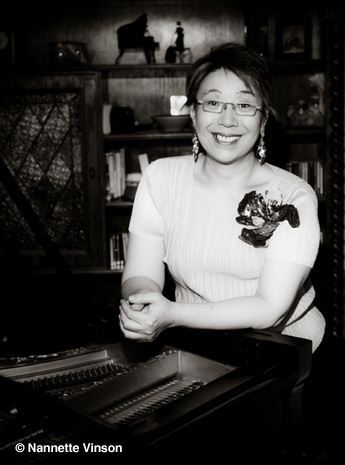
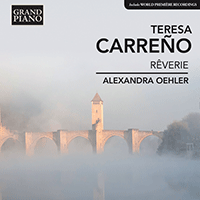
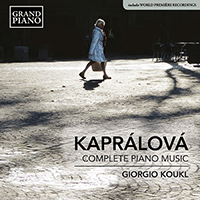

 Grand Piano has gained a reputation for producing high quality recordings of rare keyboard gems. Dedicated to the exploration of undiscovered piano repertoire, the label specialises in complete cycles of piano works by many lesser-known composers, whose output might otherwise have remained unknown and unrecorded.
Grand Piano has gained a reputation for producing high quality recordings of rare keyboard gems. Dedicated to the exploration of undiscovered piano repertoire, the label specialises in complete cycles of piano works by many lesser-known composers, whose output might otherwise have remained unknown and unrecorded.






